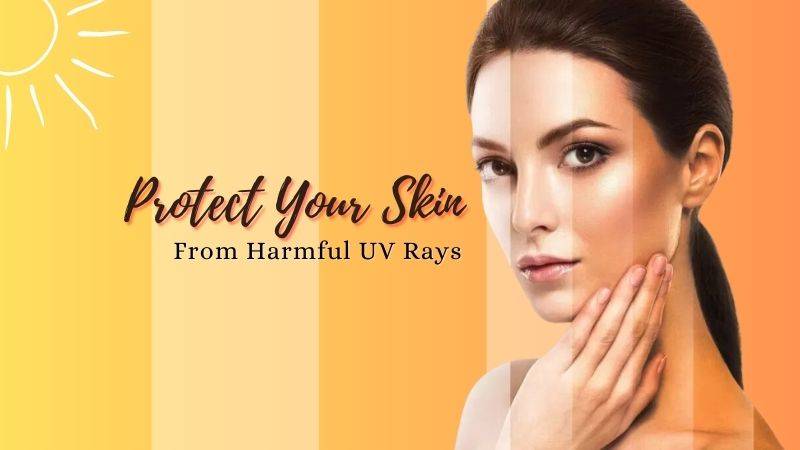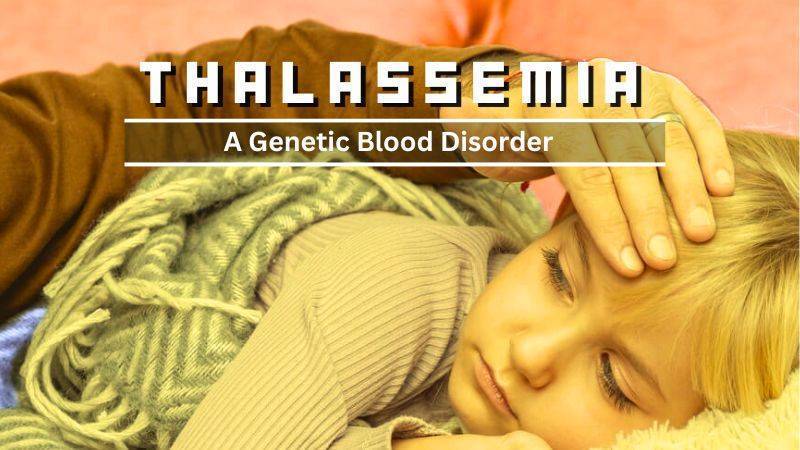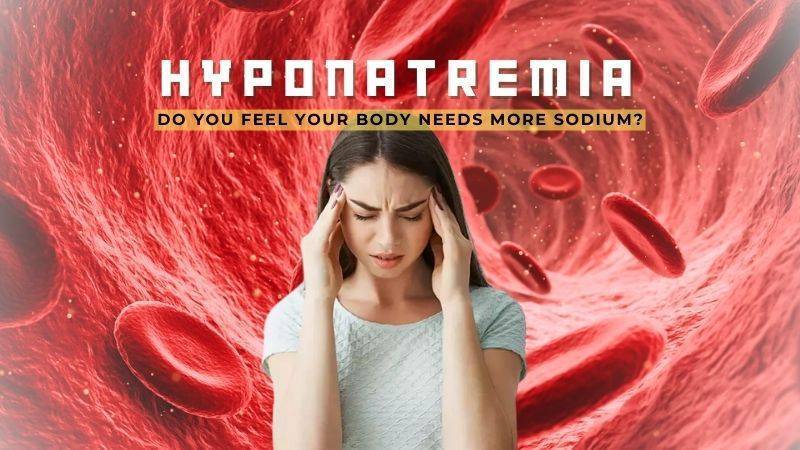“Going on vacation is always an enjoyable experience, but the excitement can turn sour when you realize that your skin has become two shades darker due to a suntan.”
If you are someone who spends a lot of time outdoors, you may be familiar with the effects of sun exposure on your skin. One of the most common side effects of sun exposure is skin tanning, which can be a cause of concern for many people.
While tanning is a natural response of the skin to protect itself from harmful UV rays, it can be unsightly and difficult to remove.
Before we delve into the methods, it is important to understand the science behind tanning.
What is Tanning?

When your skin is exposed to UV radiation, it produces a pigment called melanin, which gives your skin its color.
When there is an excessive amount of UV radiation, your skin produces more melanin, resulting in darker skin.
Tan, therefore, is a sign of skin damage and an indication that you need to take extra care of your skin.
The body parts that are more likely to get tanned include:
- Face
- Arms
- Hand
- Legs
- Feet
- Back
- Neck
Causes of Tanning

The main cause of skin tan is exposure to sunlight, which consists of ultraviolet (UV) rays at 3 wavelengths:
UV A: These rays are the most harmful and penetrate deep into the skin, damaging cells. They stimulate the production of melanin, which gives the skin a darker color.
UV B: These rays mostly harm the top layers of the skin and are more prevalent in summer. Unlike UVA rays, they do not stimulate melanocytes but can damage DNA, which leads to increased production of melanin.
UV C: UV C rays do not typically reach the Earth’s surface, so they are not a significant cause of skin tanning.
Types Of Tan

There are various types of skin tan and reactions to the sun based on your skin color.

How to Detan Skin?

To combat the harmful effects of suntan, it is necessary to opt for the right tan removal treatments.
Ingredients such as
can aid in reducing skin tan.
Suntan can weaken the immune system and cause skin damage and aging, making it imperative to take steps to alleviate its effects.
By adopting a meticulous skincare approach, the apprehension of setting foot on the sandy shores can be a thing of the past.
Let us delve deeper to unearth additional insights:
Exfoliation
Exfoliating your skin can help remove dead skin cells and reveal new, healthy skin.
You can use a gentle scrub or exfoliating cloth to massage your skin in a circular motion. This will help to remove the top layer of dead skin cells, which is where most of the tan is concentrated.
Be sure not to over-exfoliate, as this can damage your skin.
Skin Lightening Products
There are many skin lightening products available in the market that can help to reduce the appearance of tan.
These products contain ingredients like
which can help to brighten and even out your skin tone. However, it is important to use these products with caution, as some of them can be harsh on your skin.
Chemical Peels
Chemical peels are a cosmetic treatment that involves applying a solution to the skin, which causes the top layer of the skin to peel off. This helps to remove the tan and reveal fresh, new skin. Chemical peels can be done at a dermatologist’s office or at home using a kit.
Chemical peels involve the use of glycolic acid, trichloroacetic acid, salicylic acid, lactic acid, or carbolic acid (phenol). These peels are classified based on their intensity into three categories:
- Superficial peel
- Medium peel
- Deep peel
Laser Treatment

Laser(Light Amplification by Stimulated Emission of Radiation) treatment is a more invasive treatment option that involves using a laser to remove the top layer of skin.
Upon application to the skin, light energy is converted into heat energy, which targets the skin pigment melanin without causing damage to the surrounding tissue. This energy penetrates into the deeper layers of the skin and effectively eliminates excess melanin.
This treatment is more effective than other methods but can be expensive and may require several sessions.
Microdermabrasion

It is a cosmetic treatment that is used to exfoliate the top layer of the skin. It involves the use of a special device that sprays tiny particles on the skin or uses a diamond-tip applicator to remove dead skin cells that contain excess melanin pigment.
This process helps to promote the regeneration of new skin cells, resulting in a more youthful and refreshed appearance.
Microdermabrasion can improve the appearance of
- Fine lines and wrinkles
- Sun damage
- Age spots
- Acne scars
- Other skin imperfections
The treatment is typically performed in a dermatologist’s office or a spa, and there is usually no downtime associated with the procedure.
Bleaching
It’s a quick and effective solution for removing tan from the skin. It works by
- Eliminating dead skin cells
- Hydrating the skin
- Lightening the skin tone
After rinsing off the bleaching cream, the top layer of the skin is exfoliated, resulting in a brighter and more radiant appearance.
However, it is important to avoid excessive use of bleaching products as the chemical ingredients in them may cause harm to your skin.
Natural Remedies
Many natural remedies have been found to be effective in removing tan from the skin. For example,
- Aloe Vera gel has anti-inflammatory properties that can soothe and heal the skin.
- Turmeric powder, when mixed with milk or curd, can also help to brighten and lighten the skin.
- Papaya is popular for reducing tan at home. It contains papain enzyme, which is known to lighten the skin, while honey helps to maintain skin elasticity and suppleness.
- Potato juice is a potent natural bleaching agent that can effectively reduce sun tan as well as diminish dark circles.
- Oatmeal is an excellent natural exfoliant that can remove dead skin cells, while buttermilk, which is rich in lactic acid, can effectively eliminate tan and enhance skin tone.
All these are excellent natural ingredients for sun tan removal. However, none of them are clinically approved.
TIP: Before applying any of the product or natural ingredients on your skin, do not forget to do a patch test.
Take Care of Yourself!
Also Read






